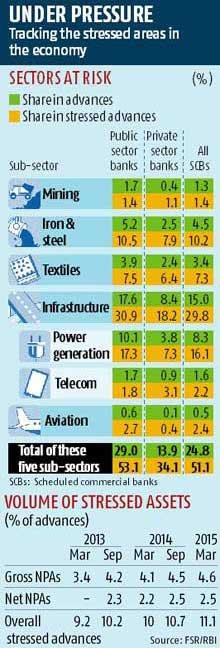as a data point cisco sales in china have nosedived 20% in last qtr or year and a lot of senior execs in that team have been fired by the new ceo recently.
no prizes for guessing who ate the cake - huawei and zte. they are having to throw even more good money in to try and remain afloat there
http://www.bloomberg.com/news/articles/ ... romote-r-d
Cisco Systems Inc. will invest more than $10 billion in China during the next few years, a costly tactic to get back in the government’s good graces and stay competitive with Huawei Technologies Co.
Cisco’s investment agreement, sealed with China’s state economy planner, comes as the government promotes local firms at the expense of U.S. companies such as Qualcomm Inc. and Microsoft Corp. China said it was concerned with the security of U.S. technology since Edward Snowden revealed details of spying by the National Security Agency.
Cisco is losing market share in the networking business to Huawei and ZTE Corp., both based in Shenzhen, and has said it’s open to forming partnerships in China. Chief Executive Officer John Chambers said he is optimistic Cisco will benefit from improved relations between the U.S. and China, yet the company’s $10 billion may not lead to significantly more business there.
“They probably had to do something dramatic,” said James McGregor, chairman of the Greater China business for consultancy APCO Worldwide. “They’re trying to find a way to continue to have a significant piece of this market.”
Cisco’s agreement was with the National Development and Reform Commission, the same organization that extracted a $975 million fine from Qualcomm after starting an antitrust investigation.
The $10 billion investment will create jobs, fund research and development, spur innovation and equity investment, Cisco said Wednesday in a statement. Cisco also signed agreements to help 100 colleges advance training.
Chambers and Chuck Robbins, his successor, made the announcement after meeting with Vice Premier Wang Yang and other government leaders in Beijing. Revenue from China plunged 20 percent in the quarter ending April from a year earlier.
Cisco shares rose about 1 percent to $29.21 at the close Thursday in New York. The stock has climbed 5 percent this year.
The networking company also is increasing its investment in India. Cisco will spend $40 million to increase the size of its 4 million-square-foot factory in India, the company said in a statement Thursday. Cisco will spend $20 million to train an additional 120,000 Indian students at the Cisco Networking Academy by the end of 2020. The company has already taught about 100,000 Indian students how to design, build and maintain computer networks.
Cisco is the latest technology company to spend billions trying to gain a share of China’s market -- the world’s biggest -- even as the government promotes homegrown competitors.
China is aiming to purge most foreign technology from banks, the military, state-owned enterprises and key government agencies by 2020, people familiar with the effort said in December.
Foreign suppliers may be able to avoid replacement if they share core technology or allow Chinese authorities to access it, the people said.
Microsoft pledged billions of dollars in investments during the past decade and urged the government to tackle piracy, and in September started selling the Xbox One video-game console there.
Hewlett-Packard Co. this year sold a controlling stake in its local networking and server business to a Chinese rival, hoping to boost its contract win rate.
“Where this all leads to, nobody knows,” McGregor said. “People are adapting the best they can because the market matters so much.”
